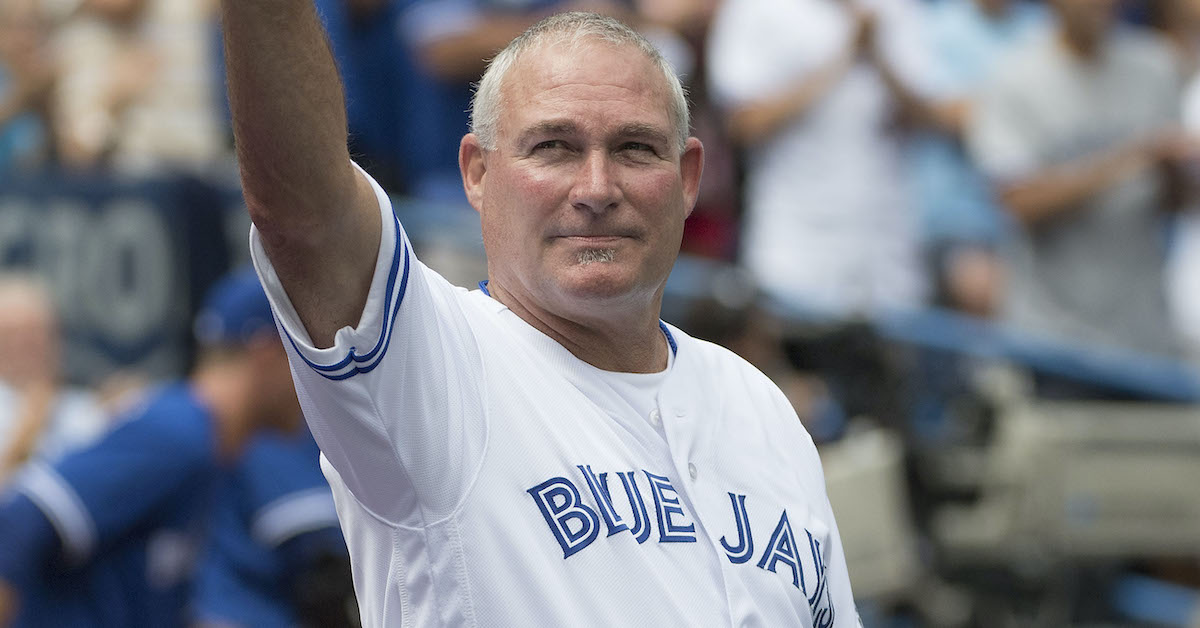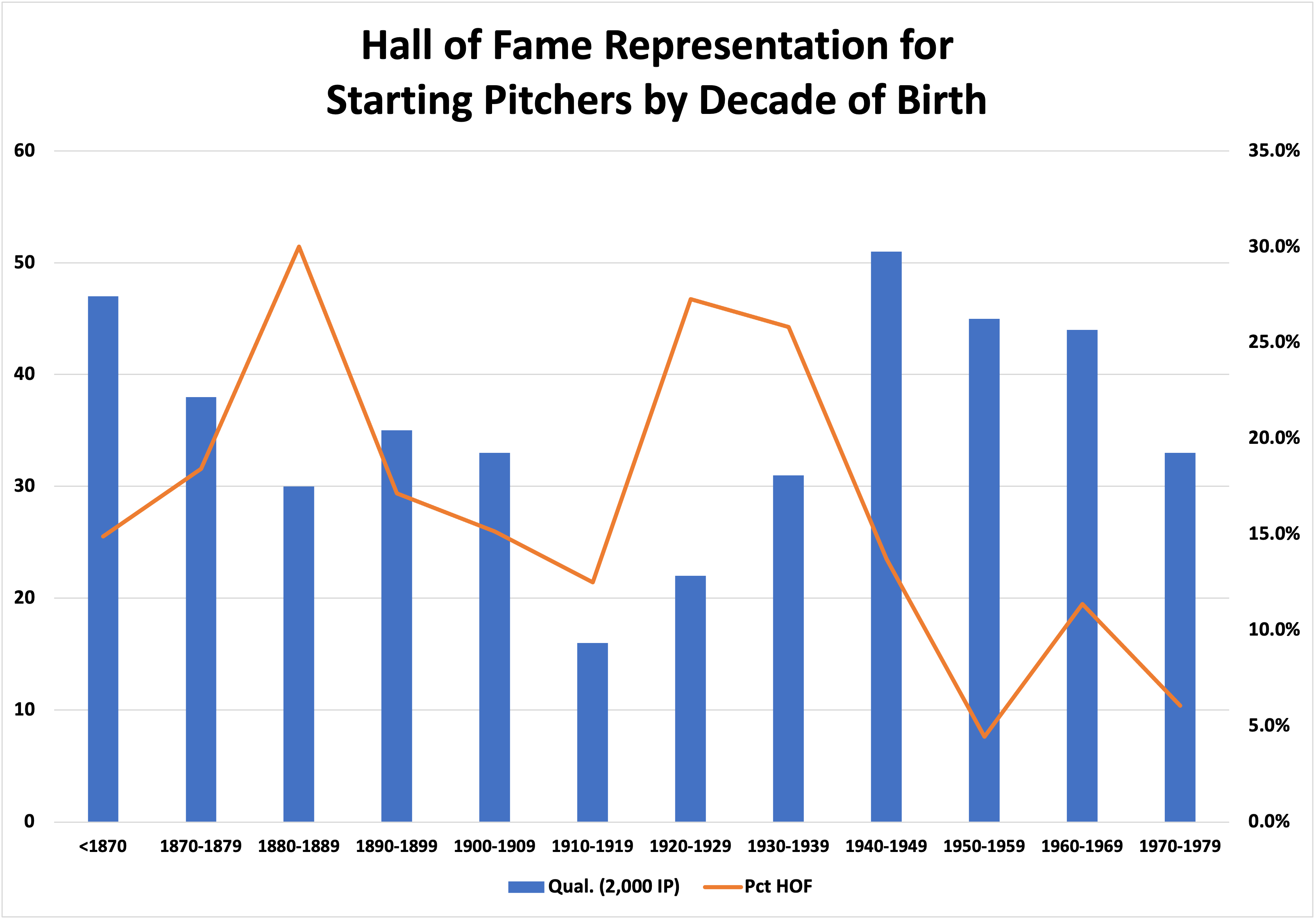Your Favorite Baseball Writer’s Favorite Baseball Writer: Roger Angell (1920-2022)

Judging by the tributes that poured forth on the occasion of his death at the grand age of 101 years old on Friday, there’s a solid chance that Roger Angell — a man who bore first-hand witness to Babe Ruth, Willie Mays, Barry Bonds, and Mike Trout — was your favorite baseball writer’s favorite baseball writer, even though he was never a full-time baseball scribe at all. Unburdened by the daily deadlines of the beat reporter, the competition for scoops among the national writers, or (to use his term) the weight of objectivity, Angell instead mused at length in the pages of the New Yorker in a capacity that served as a sidelight to his longtime role as a fiction writer and editor. Though his frame of reference stretched so far back that he spotted Ruth walking around Manhattan as a child, and spoke of Napoleon Lajoie with his father, he didn’t take up writing about baseball until age 40. He reported, but with a twist: “I’m reporting about myself, as a fan as well as a baseball writer,” as he told Salon’s Steve Kettman in 2000.
With the luxuries of looser deadlines, greater space, and the ability to depart from sportswriting conventions, Angell filed eloquent and erudite essays a handful of times every season, writing about the year’s winners and losers, its superstars and promising newcomers, its sunsetting old-timers, and its zeitgeist as experienced from his vantage as a privileged outsider. Over the course of six decades that took him from man-in-the-seats dispatches to deep explorations of the game’s intricacies with its master craftsmen, he assembled a body of work — primarily collected in The Summer Game (1972), Five Seasons (1977), Late Innings (1982), Season Ticket (1988), and Game Time (2003) but continuing as late as his 2015 collection, This Old Man: All in Pieces — that is unrivaled, revered, and beloved.
“I wanted to concentrate not just on the events down on the field but on their reception and results,” wrote Angell in the introduction to The Summer Game. “I wanted to pick up the feel of the game as it happened to the people around me. Right from the start, I was terribly lucky, because my first year or two in the seats behind first or third coincided with the birth and grotesque early sufferings of the Mets, which turned out to be the greatest fan story of all.” Read the rest of this entry »











